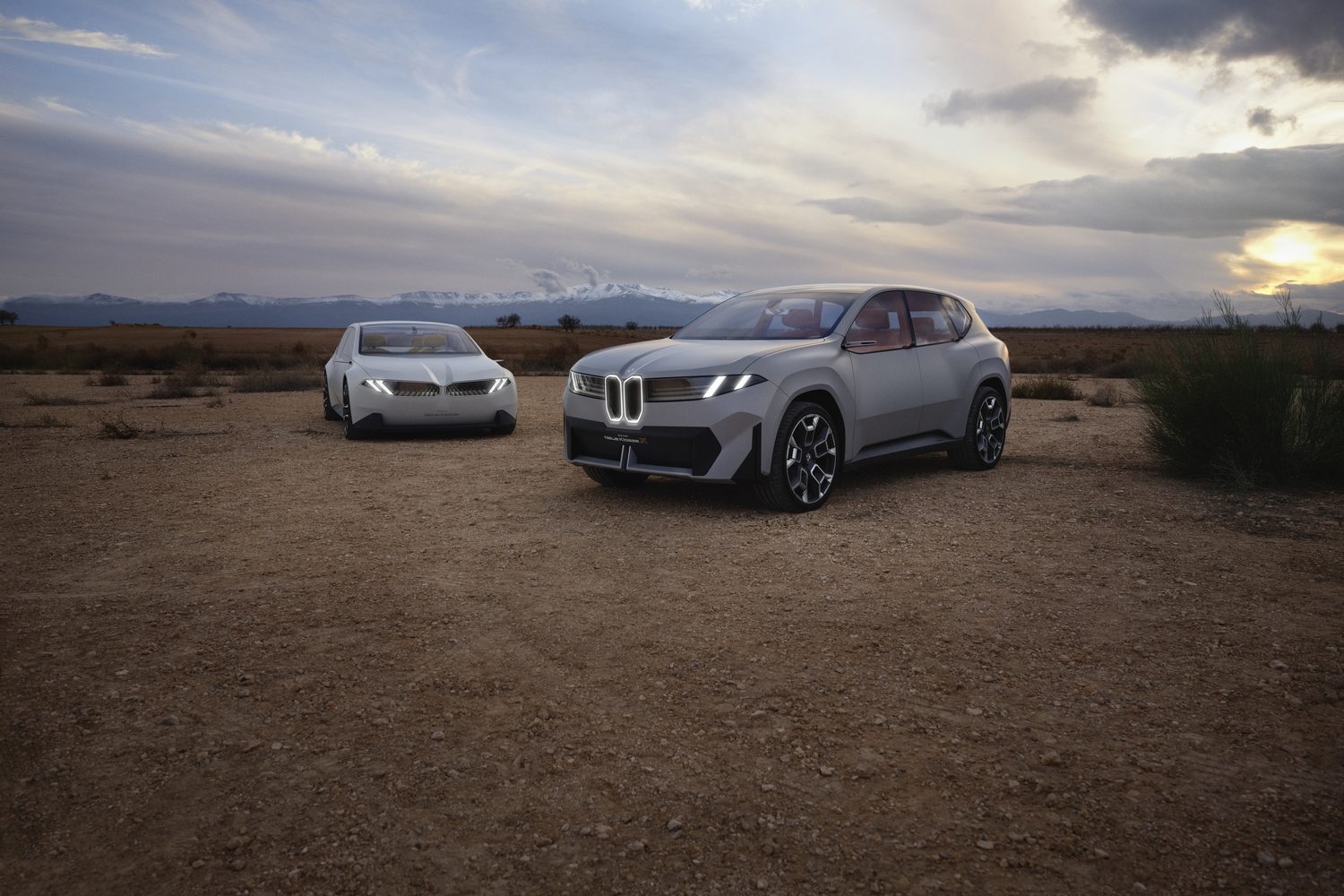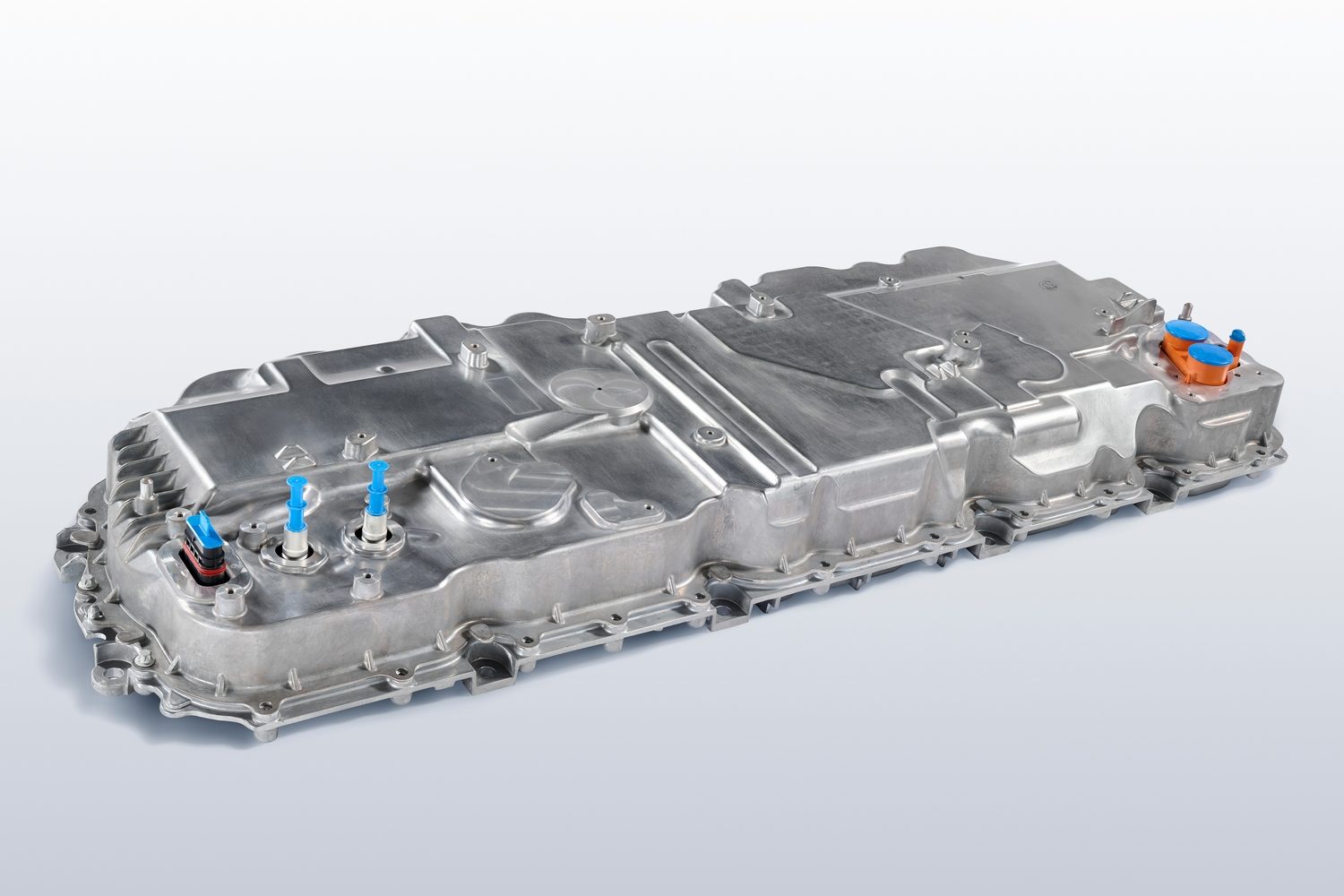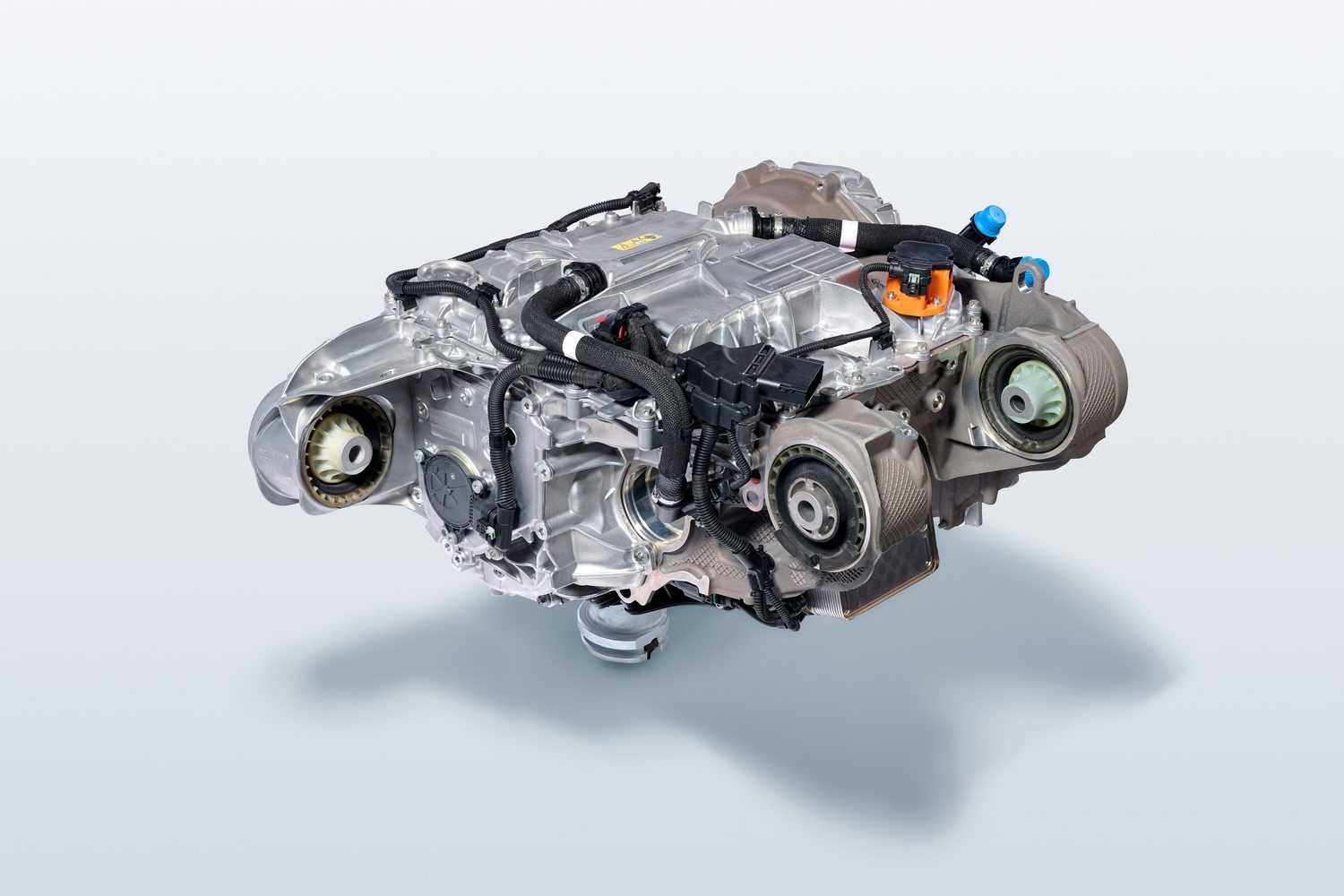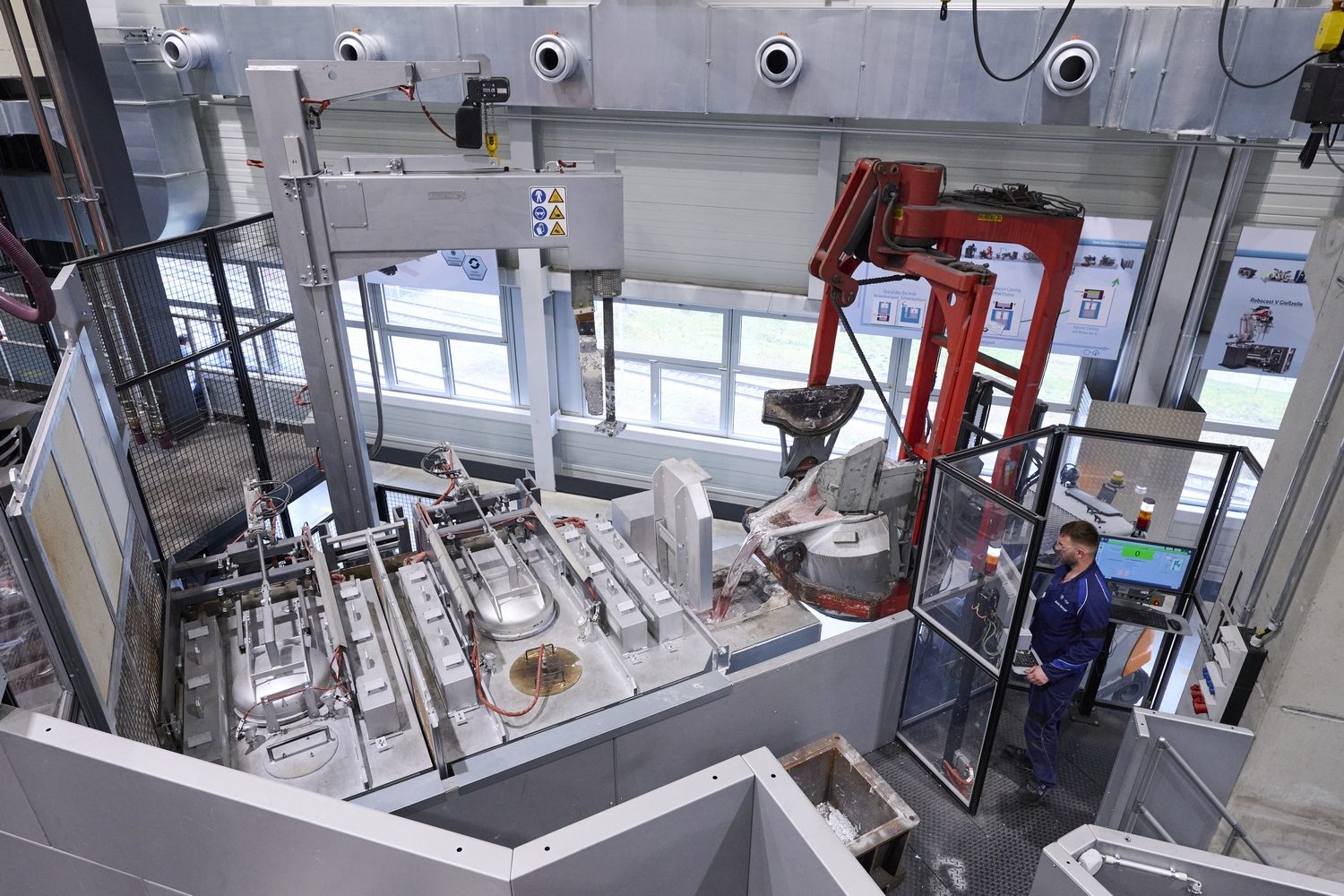BMW’s forthcoming new generation of electric vehicles, the ‘Neue Klasse’, is being described by senior management as the “project of the century” and the biggest investment in the company’s history. Powering these future models will be BMW’s sixth-generation eDrive technology, which promises significant gains in efficiency, longer driving ranges, faster charging times and reductions in repair costs.

The first BMW Neue Klasse model will make its debut later this year, using new cell and battery technology, innovative production methods for its electric motors and advanced 800-volt architecture. BMW is keen to raise the bar for its electric vehicles, which it already produces in almost every market segment. The German marque is taking some of its component production inhouse to improve quality and reduce costs by as much as 50 per cent, which in turn could result in better value for buyers in the future, says Dr Joachim Post, Member of the Board of Management for Purchasing and Supplier Network.
Better range and faster charging
Key technological highlights of the forthcoming BMW Neue Klasse will be its 800-volt electric architecture and new battery construction. The current crop of electric BMWs uses prismatic cells combined in modules assembled into a pack installed in the floor. For the Neue Klasse, BMW is switching to cylindrical cells that are 20 per cent more energy-dense.
A cell-to-pack design eliminates the need for modules and reduces the overall size of the battery pack. Furthermore, BMW is using a pack-to-open-body approach to the construction of its next-gen electric cars. This maximises interior space and creates a flatter design, boosting the car’s aerodynamic properties. There are also weight savings as the battery pack is smaller, contributing to further efficiency gains.
The updated BMW iX can already achieve a 701-kilometre WLTP driving range in some variants, and it’s possible that range figures could increase even further in some Neue Klasse models. BMW is also touting faster charging speeds, with improvements of more than 30 per cent. Pull up to a suitably powerful DC charger, and you’ll be able to add 300 kilometres of range in just ten minutes. Owners can use the car’s battery for more than just driving, with bidirectional charging for vehicle to load, to home, or to grid. BMW’s executives are describing it as a “quantum leap forward in all customer features.”

A new type of power electronics, BMW’s Energy Master, controls the new high-voltage battery system. Using software and hardware developed by BMW, it is designed for a high degree of commonality and can operate across a wide portfolio of vehicles. Mounted on top of the battery, the Energy Master is located beneath the rear seats of Neue Klasse models, a move that BMW took to improve access and repair times.
How BMW will use multiple electric motors
Currently, BMW electric models use one or two electric motors depending on the application, but looking ahead, the most high-performance BMW M models of the future will harness up to four electric motors to produce headline-grabbing power outputs in a bid to convince enthusiasts that even its M cars can be electric.
In the nearer future, BMW’s electric powertrains will carry an Externally Excited Synchronous Motor (EESM) on the rear axle and an Asynchronous Motor (ASM) on the front for vehicles with xDrive. The decision to use two different types of motors is based on a combination of efficiency, performance and characteristics.

The EESM generates more power at higher speeds than a PSM unit and is more efficient in the partial load range. It’s versatile, too, able to switch between 400 and 800 volts as required and using an intelligent oil- and water-cooling system that improves thermal performance while reducing energy consumption. BMW has switched to Silicon Carbide (SIC) technology for the inverter, which is now being produced inhouse. On the front axle, the ASM is preferred due to its compact design and cost-effectiveness.
Closing the loop with battery recycling
As BMW commences production of its new-generation batteries, it is also working towards making the process more sustainable and closed-loop circularity. That means more battery and vehicle recycling, with those materials going back into the production process.

In the case of high-voltage batteries, when they are deemed to be no longer fit for use, they will be transported to BMW’s partner, SK Tes in Europe, which uses mechanical shredding to a substance called Black Mass. Through Hydrometallurgical processing, the core constituents, including lithium, hydroxide, nickel sulphate and cobalt sulphate, can be extracted and returned to the production chains for new cell production.
In Europe, SK Tes oversees this process, while in China, BMW Brilliance Automotive handles the same process locally. Next year, BMW will commence closed-loop recycling for the United States, Mexico and Canada, and will announce a partner later this year.
















